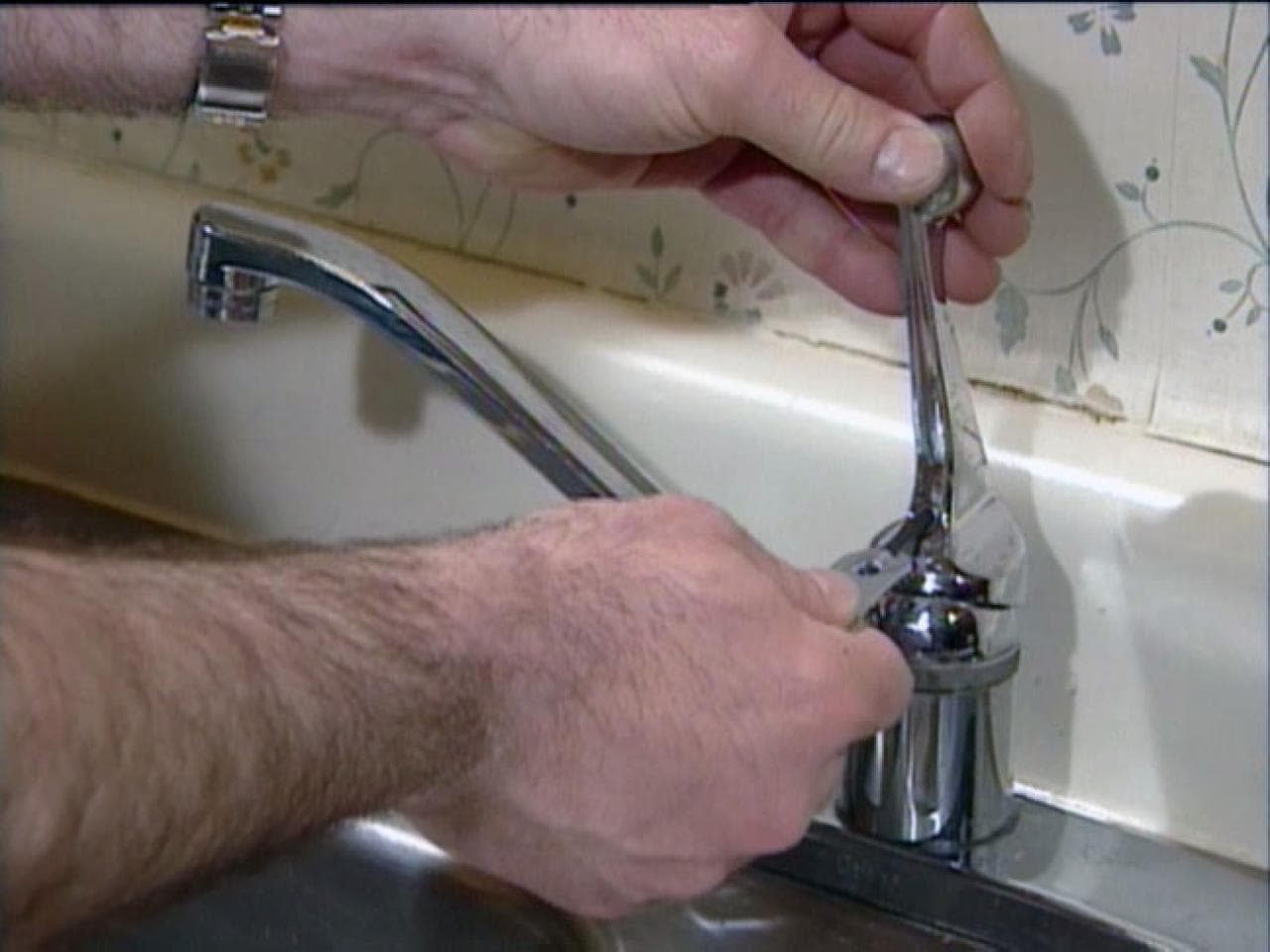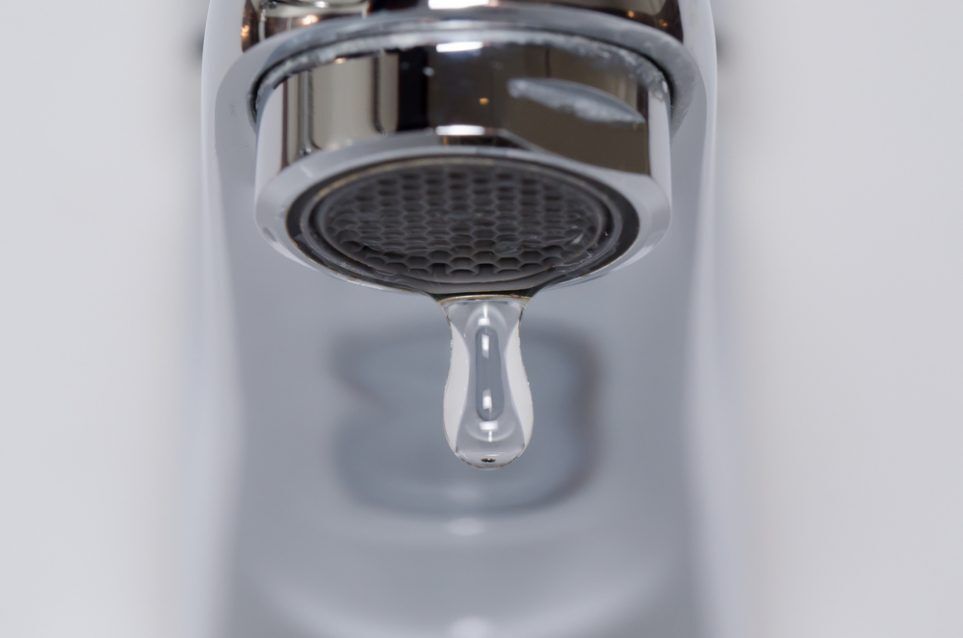How It's Important to Mend a Dripping Faucet
How It's Important to Mend a Dripping Faucet
Blog Article
What are your thoughts and feelings about Why Are My Faucets Dripping (And Can I Fix It Myself)??

Leaking faucets might appear like a minor aggravation, but their effect exceeds just the aggravation of the audio. From drainage to sustaining unnecessary monetary prices and health and wellness risks, disregarding a trickling tap can result in various effects. In this article, we'll delve into why it's critical to address this usual house concern quickly and properly.
Wastage of Water
Environmental Effect
Leaking faucets contribute substantially to water wastage. According to the Environmental Protection Agency (EPA), a solitary faucet trickling at one drip per secondly can waste more than 3,000 gallons of water annually. This not just strains water resources however likewise affects ecological communities and wild animals dependent on them.
Step-by-Step Guide to Dealing With a Dripping Tap
Devices Called for
Before attempting to fix a dripping tap, gather the essential devices, consisting of a flexible wrench, screwdrivers, substitute parts (such as washers or cartridges), and plumber's tape.
Usual Tap Issues and Their Solutions
Identify the sort of faucet and the specific concern causing the drip. Usual issues include worn-out washers, corroded shutoff seats, or damaged O-rings. Describe supplier instructions or on the internet tutorials for detailed assistance on repair services.
Financial Expenses
Boosted Water Costs
Beyond the environmental influence, trickling taps can blow up water costs considerably. The collected wastage with time equates right into greater utility expenditures, which could have been avoided with timely repair work.
Potential Property Damages
In addition, extended dripping can cause harm to fixtures and surface areas bordering the faucet. Water buildup can create staining, corrosion, and also structural concerns if left neglected, resulting in added repair prices.
Health and wellness Concerns
Mold And Mildew and Mildew Development
The continuous presence of wetness from a dripping tap produces a suitable atmosphere for mold and mildew growth. These fungis not just jeopardize indoor air high quality however also present health and wellness threats, especially for people with respiratory system problems or allergic reactions.
Waterborne Diseases
Stationary water in dripping faucets can become a breeding place for microorganisms and other microorganisms, raising the danger of waterborne illness. Impurities such as Legionella bacteria thrive in stagnant water, potentially bring about serious health problems when consumed or inhaled.
DIY vs. Expert Repair
Benefits and drawbacks of Do It Yourself Repair
While some might attempt to take care of a dripping tap themselves, do it yourself repair work come with their own set of challenges. Without proper expertise and devices, do it yourself attempts can worsen the problem or bring about insufficient fixings, prolonging the problem.
Benefits of Hiring a Professional Plumber
Working with an expert plumber makes sure that the underlying reason for the leaking tap is addressed properly. Plumbings have the proficiency and equipment to identify and fix faucet concerns efficiently, conserving time and lessening the threat of more damages.
Environmental Obligation
Specific Contribution to Conservation
Taking duty for repairing trickling faucets straightens with broader efforts towards water preservation and environmental sustainability. Every individual's activities jointly make a significant impact on protecting valuable sources.
Sustainable Living Practices
By prioritizing timely repair services and taking on water-saving routines, people contribute to lasting living methods that profit both present and future generations.
Preventive Measures
Regular Upkeep Tips
To avoid leaking faucets, carry out regular maintenance such as cleansing aerators, examining for leakages, and replacing worn-out parts promptly. Additionally, think about setting up water-saving tools or upgrading to extra effective components.
Value of Prompt Repairs
Resolving leaking taps as quickly as they're noticed prevents more water waste and possible damages, inevitably saving both water and cash over time.
Impact on Residential Or Commercial Property Worth
Assumption of Well-Maintained Property
Preserving a residential property in good condition, consisting of dealing with upkeep problems like trickling faucets, enhances its perceived value and worth amongst possible buyers or tenants.
Influence on Resale Worth
Features with properly maintained plumbing components, including taps, command higher resale values in the realty market. Addressing trickling faucets can contribute to a positive perception throughout residential or commercial property assessments and arrangements.
Conclusion
Dealing with a leaking faucet exceeds simple comfort; it's an important step toward saving water, minimizing financial prices, and safeguarding health and residential or commercial property. Whether with DIY repair services or professional assistance, acting to deal with dripping faucets is a tiny yet impactful method to promote accountable stewardship of resources and contribute to a healthier, much more sustainable future.
How to Fix a Leaky Faucet: Step-by-Step Repair Guide
A leaky faucet may seem like a simple annoyance, but if it's not fixed promptly, that leak could cost hundreds to potentially thousands. From water damage to mold, mildew, and high water bills, even a tiny leak can be catastrophic if left unattended. Damage like this can even affect the overall value of your home, so it's important to take the right approach for leaky faucet repair. You may need the help of a plumber in some cases, but we've got a few tips you can try on how to fix a leaky faucet before calling the pros.
Four Faucet Types
When you're learning how to fix a leaky faucet, the first step is knowing what kind of faucet you're working with! There are four common types.
Cartridge Faucets
Cartridge faucets come in one- or two-handled varieties. In one-handled cartridge faucets, hot and cold water combines in a single cartridge. In the two-handled versions, hot and cold water are controlled separately and mixed in the faucet.
Ball Faucets
Ball faucets have a single lever you push up and down to adjust the pressure and rotate to change the temperature. A slotted metal ball controls the amount of water allowed into the spout.
Compression Washer Faucets
They're the oldest type of faucet, but they're still used in many homes — especially older ones. Compression faucets have two separate handles that, when turned, raise or lower the washer that seals a water valve. This valve stops water from flowing through the faucet when it is turned off.
Disc Faucets
Disc faucets rarely need to be repaired due to their maintenance-free design. The water flow is controlled by two discs — the upper one raises and lowers against a fixed lower disc, creating a watertight seal. If your disc faucet starts leaking, you may need to replace the seals or clean residue buildup from the inlets.
Fixing a Leaky Faucet
Step 1: Turn Off the Water
Whether you're learning how to fix a leaky bathtub faucet or how to fix a leaky kitchen faucet, always turn off the water supply to your working area when you're fixing a leak. The last thing you want is a flood added to your list of things to fix.
Look for the shutoff valves below your sink or around the tub and turn them clockwise to stop the water flow. If your faucet doesn't have shutoff valves, you may need to turn off the water for the whole house. Check to make sure it's off by turning the faucet on. If nothing comes out, you're ready to start the repair.
Step 2: Take Apart the Faucet
How you disassemble your faucet depends on the type of fixture you have. You can use a flathead screwdriver to remove the caps on top of the handle or handles for cartridge and compression faucets. Inside, you should see handle screws. Unscrew these with a screwdriver to remove the handle.
Disc- and ball-style faucets will typically have an inlet screw near the handle, and removing that will reveal the interior of the faucet.
Detach the Valve Stem
For cartridge- and compression-style faucets, you'll see the inner valve stem or cartridge once you remove the faucet handles. If you have a compression faucet, unscrew the brass valve stem. If you have a cartridge faucet, pull out the cartridge. If your cartridge has been in place for a while, it may require some tools or extra force to remove it due to mineral deposits.
Examine and Replace Parts
Once you've removed the parts, check them out to confirm what needs to be replaced. You may see corroded rubber washers, O-rings, stems, or cartridges. On a ball-style faucet, check the seats and springs for damage.
If you need to repair a leaky disc faucet, check the inlet and seals on the lower disc.
Once you determine what parts must be replaced, visit your local hardware store. Bring the damaged parts with you to ensure you can purchase the correct components to replace them.
Clean Valves and Faucet Cavity
If you've removed a stem or cartridge, you may notice mineral buildup in the faucet's threads. Use white vinegar to clean the valve seat by soaking it for a few minutes, then scrub it away with a soft toothbrush and rinse with warm water. You can also clean the interior of the faucet in the same way.
Reassemble the Faucet
Once your faucet is cleaned and the required parts have been replaced, it's time to reassemble it. Put the pieces back together and slowly turn the water supply back on. Doing this slowly is crucial because too much initial water pressure can damage the new hardware you've just installed.
https://homewarranty.firstam.com/blog/how-to-fix-leaky-faucet

I stumbled upon that blog entry on Leaky Faucets: Why They Happen & What to Do About Them when doing a lookup on the internet. Are you aware of another person who is fascinated about ? Feel free to promote it. I am grateful for your time. Kindly come by our site back soon.
Report this page